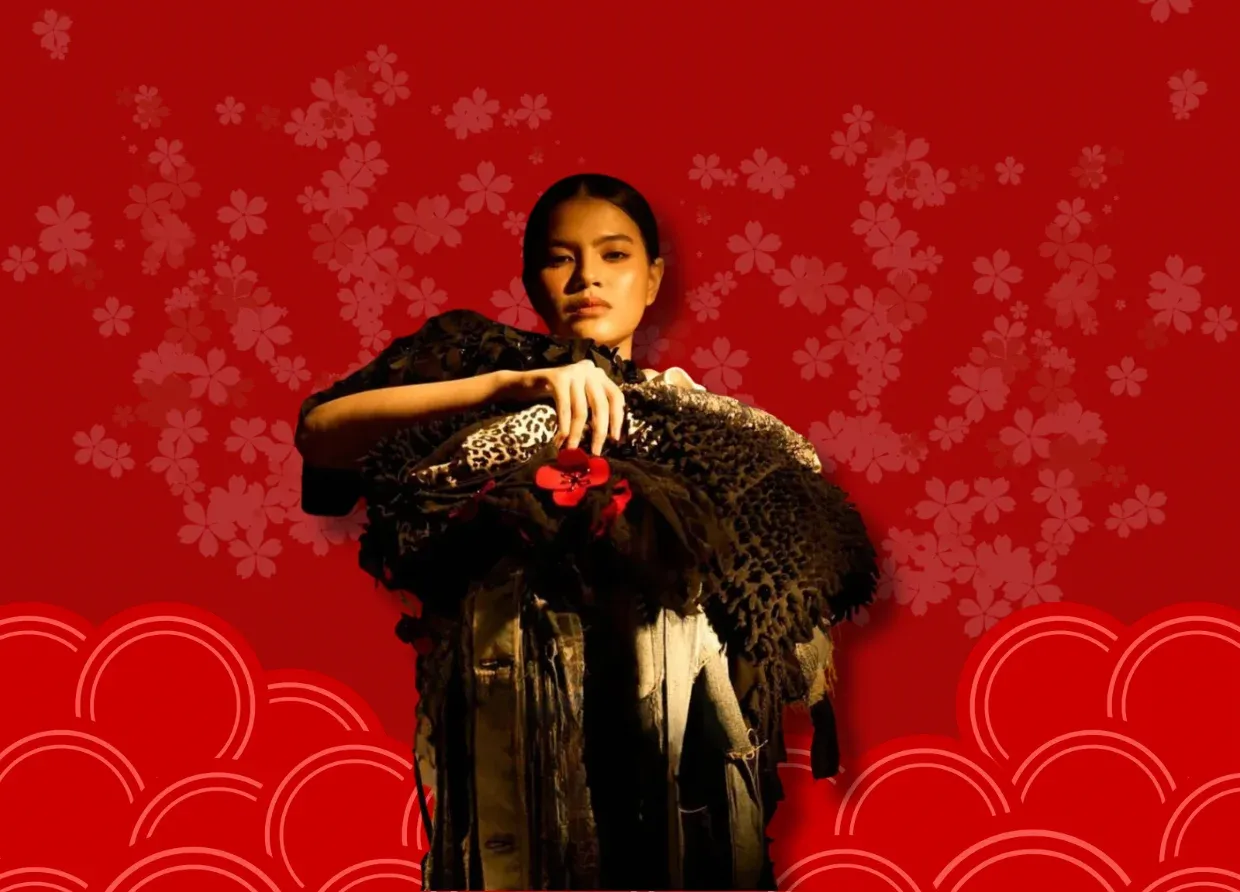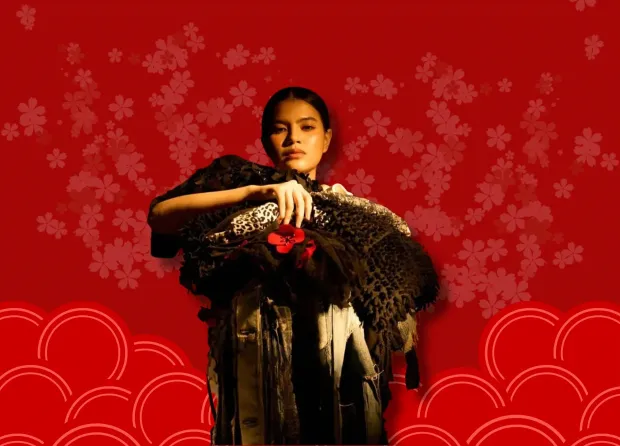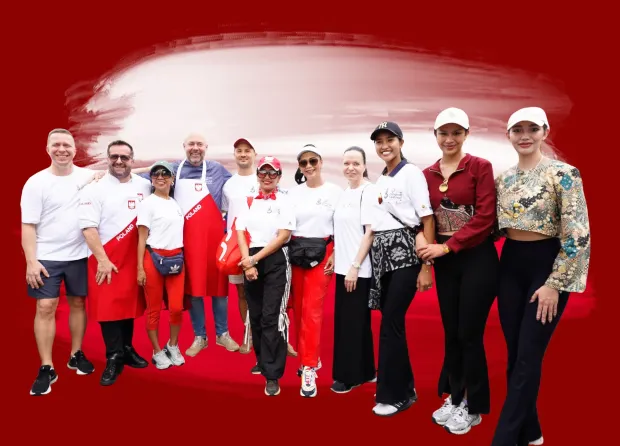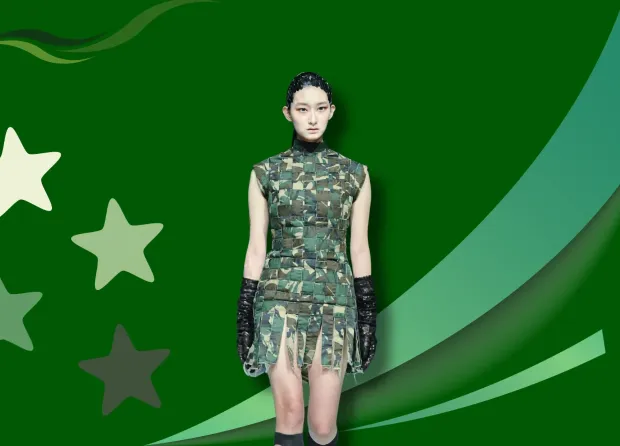VIRTUAL REALITY NOW BEING USED TO MAKE COW'S MILK
Turkish dairy farmer Izzet Kocak believes virtual reality might make cows happier and therefore produce more milk.
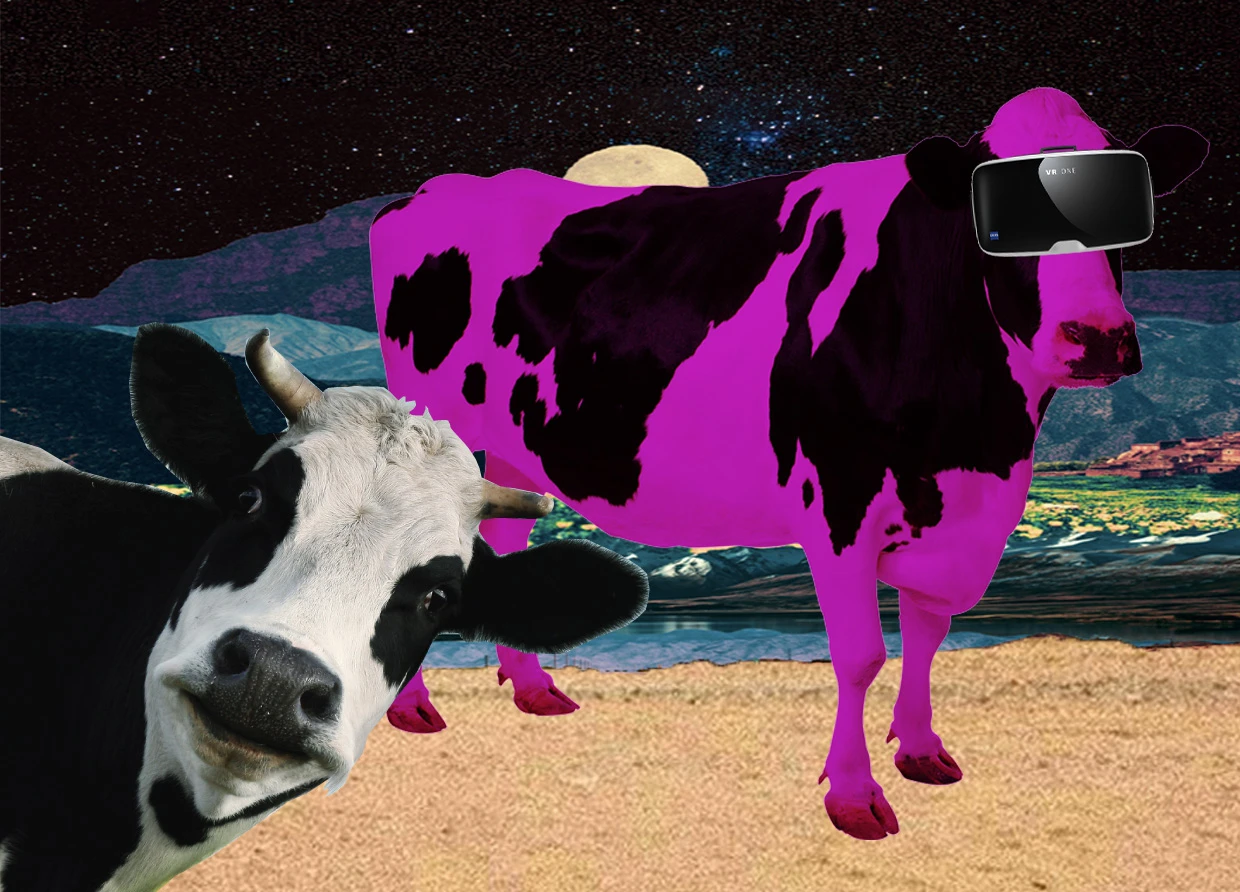
Virtual Reality is a simulation-creation technology that allows a person to feel real feelings through a specific gadget typically looking like a pair of spectacles. VR is generally utilized in games to make players sense various experiences in the virtual environment.
However, it has been discovered that the function of VR is now much more than that. VR was recently employed in the livestock industry in Aksare, Turkey, to boost cow milk production.
Izzet Kocak, a cattle farmer, believes that Virtual Reality technology can make cows happier, allowing them to produce more milk. Even though the cow is in its own pen, the VR glasses display the scene as if it were on a sunlit meadow.
Kocak also performed an experiment on his pet cow using classical music and then used VR technology while playing classical music to make the cow more peaceful. Izzet can also track the emotions and behavior of cows using a chip device implanted in the cow's ankle. As a result, the cows can produce 27 liters of milk per day, which is an increase from the previous production, which only generated an average of 22 liters of milk per day.
Farm VR development
The usage of VR glasses has been demonstrated to lower anxiety and raise animal satisfaction levels in studies undertaken by veterinarians, researchers, and breeders. This use will be expanded in the future, for example, by changing VR glasses so that they can be attached to the head of a cow or other livestock.
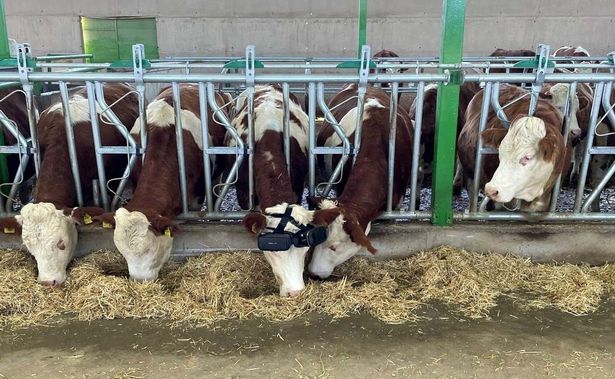
The application of VR in this field is not new. Previously, a study of similar nature was conducted in Russia. The experiment, held at the RusMoloko farm outside Moscow, used specially-fitted eyewear to show the animals a picture of a nice field in the summer. They reportedly discovered an increase in the amount and quality of cow's milk as a result.
Some question whether the study is genuine, and it would not be the first time that images of animals in VR headsets have been used to get public attention. Similar photographs of CatVR and "virtual free-range" hens have previously surfaced.
But, for the sake of argument, can animals perceive VR in the same way that humans do? And would it be of any use to them?
Animals and virtual entertainment
Unfortunately for the nascent VR business, there is little evidence that looking at a virtual landscape can make cattle happier. Visual stimulation may be advantageous to some animal species, although the research focuses primarily on primates.
Horses in a stable appear to benefit from being able to observe other horses and having an open window. However, the noises, scents, breeze, and temperature variations in the actual world provide a considerably richer sensory experience than VR can provide.
Is it possible that Virtual Reality for animals could ever be a good idea? Cognition experts have given chimps access to a virtual maze environment to explore their spatial cognition abilities.
When the chimps correctly discovered objects in the maze, they were given food rewards. There is no evidence that they loved the VR experience for the sake of experiencing it. The chimps also did not wear VR headsets; the virtual world was displayed on a computer screen, and the animals navigated with a joystick.
A visual VR experience may be enticing to people, but it is likely to be less valuable to animals. Humans are capable of comprehending symbolic imagery, sophisticated language-based events, and the written word. As a result, visual technologies like television, cellphones, and Virtual Reality can give humans long-lasting amusement, intellectual stimulation, and social connection.
Other species, however, do not share this trait. While some dogs may watch television, their interest is usually fleeting unless there is a meaningful outcome, such as the opportunity to chase and bark at animals on the screen. Similarly, some cats play with iPads and digital toys for brief periods of time, but only if they are occasionally rewarded when they catch the "prey". Meanwhile, despite evidence that cattle can have complex thoughts and feelings, an increasing proportion of cows are confined year-round in rather dull and constrained indoor surroundings.
Simultaneously, there is interest in offering "environmental enrichment" to cattle. This takes the form of objects and activities that provide physical and mental stimulation, similar to pet and zoo animal toys and puzzles. It appears to improve dairy production outcomes as well as animal well-being.
#THE S MEDIA #Media Milenial #VR in cow milk

